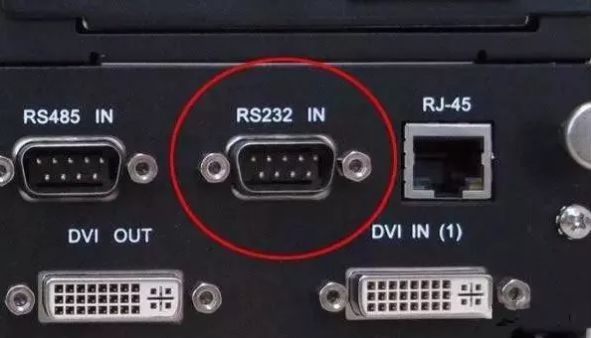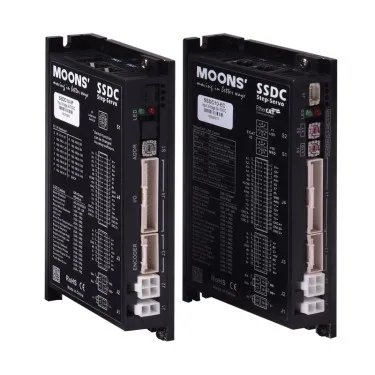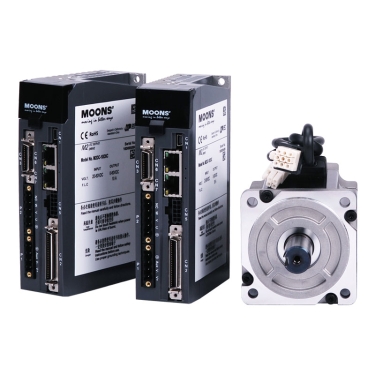What's the difference between RS485 and RS232?
RS485 and RS232 are two prevalent serial communication protocols, each designed with distinct objectives, electrical characteristics, and application scenarios. Widely utilized in fields such as industrial automation, data acquisition, and control systems, these protocols serve crucial roles despite their foundational similarities. This article aims to elucidate the significant differences between RS485 and RS232 communications, offering a detailed comparison to highlight their unique attributes and uses. 
RS485 and RS232 differ significantly in terms of communication distance, device connectivity, data transmission speed, and hardware requirements. For applications requiring long-distance, multi-point communication and high-speed data transmission, RS485 is the better choice. On the other hand, RS232 is more suitable for short-distance, point-to-point communication, and low-speed data transfer. Understanding the differences between these two communication protocols allows for better selection, improving both system efficiency and reliability.
MOONS' Related Products

1. Differences in definitions between RS485 and RS232 definitions:
The communication range of RS485 can extend up to 1200 meters, significantly surpassing the approximate 15-meter limit of RS232. This distinction is due to RS485's use of differential transmission lines, which enable signal transmission over long distances and in noisy environments. In contrast, RS232 employs single-ended transmission, resulting in weaker signal strength that is more susceptible to noise interference over extended distances, often leading to communication errors. Differences in specifications between RS485 and RS232 include: RS232, an older serial communication standard, is typically used for connecting devices such as modems and printers to personal computers. It operates on voltage-based signaling across a single-ended, point-to-point connection. Conversely, RS485, a more modern standard, supports multiple nodes (up to 32) on a single communication line through differential signaling, which utilizes one wire for positive and another for negative signals, generally over a twisted-pair cable.2. The difference in speed between RS485 and RS232:
In terms of speed, RS485 is generally faster than RS232, supporting data rates of up to 10 Mbps. This makes it well-suited for applications requiring high-speed data transmission, such as industrial automation. RS232, on the other hand, has a significantly lower maximum data rate of 115.2 Kbps, making it more appropriate for low-speed data transfer applications, such as connecting peripherals to a computer.3. The difference in distance between RS485 and RS232:
Another key distinction between RS232 and RS485 is the maximum transmission distance. RS232 communication is typically limited to about 15 meters, beyond which signal attenuation and noise can degrade communication quality. In contrast, RS485 can transmit data over much longer distances—up to 1.2 kilometers—depending on cable quality and signal conditions. This makes RS485 a more reliable choice for applications requiring long-distance data transmission.4. The difference in topology between RS485 and RS232:
RS232 follows a point-to-point topology, meaning communication occurs only between two devices. In contrast, RS485 supports a multi-point topology, allowing up to 32 devices to share the same communication line. In conclusion, while RS232 is suitable for low-speed data transfer over short distances and is commonly used for connecting peripherals to a computer, RS485 offers higher speed, longer transmission distances, and multi-point topology. These advantages make RS485 the preferred choice for industrial automation, security systems, and other applications requiring high-reliability data transmission.5. The difference between RS485 and RS232 in anti-interference ability
RS485 employs differential signaling, which provides strong common-mode noise suppression, making it well-suited for environments with complex electromagnetic interference, such as industrial settings. In contrast, RS232 has weaker anti-interference capabilities and is more susceptible to noise, especially when using long cables.6. The difference between RS485 and RS232 application scenarios:
RS232 is primarily used for short-distance connections between early computers and peripheral devices, such as mice and modems. In contrast, RS485 is designed for applications requiring long-distance, multi-node communication. It is widely used in industrial automation (e.g., PLCs, sensor networks), building control systems, and other environments where reliable data transmission over extended distances is necessary.RS485 and RS232 differ significantly in terms of communication distance, device connectivity, data transmission speed, and hardware requirements. For applications requiring long-distance, multi-point communication and high-speed data transmission, RS485 is the better choice. On the other hand, RS232 is more suitable for short-distance, point-to-point communication, and low-speed data transfer. Understanding the differences between these two communication protocols allows for better selection, improving both system efficiency and reliability.
MOONS' Related Products


